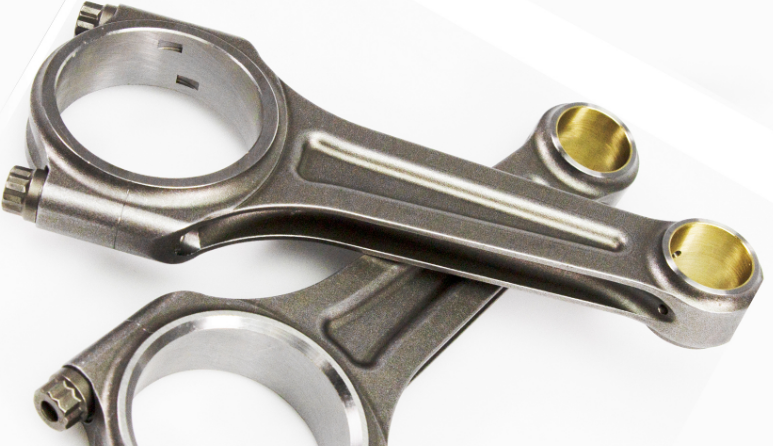The procedure of replacing a connecting rod in an internal combustion engine can be achieved with a systematic approach, patience, and a few essential tools. This comprehensive guide aims to help you understand and execute the replacement process while emphasizing the role of the connecting rod, the necessary tools, safety considerations, and the benefits of prompt replacement.
Significance of the Connecting Rod in Your Engine
A connecting rod plays a pivotal role in your vehicle’s internal combustion engine. It connects the piston to the crankshaft, transforming the piston’s linear motion into the rotary motion of the crankshaft. This movement is essential for propelling your vehicle forward. A faulty connecting rod can have detrimental effects on your engine’s performance, necessitating a timely replacement.
Identifying When a Connecting Rod Needs Replacement
Typical symptoms that may signal the need for a connecting rod replacement include knocking noises originating from the engine, decreased power output, reduced fuel efficiency, and in extreme cases, complete engine failure. Addressing these issues promptly can prevent further damage and expensive repair work.
Tools Required for Replacing a Connecting Rod
The task of replacing a connecting rod demands a specific toolset. This generally includes a torque wrench for tightening bolts to the correct specification, a rod extractor for safely removing the old connecting rod, and pliers to hold the piston rings during reassembly. In some instances, a piston ring compressor and a cylinder bore cleaning tool might also be necessary.

Procedure to Replace a Connecting Rod
The replacement process encompasses several steps, including engine removal, piston-cylinder assembly disassembly, old connecting rod extraction, new rod installation, and reassembly of all components. Each step must be performed carefully and as per the manufacturer’s guidelines. To ensure accuracy, referring to a vehicle-specific repair manual is advisable.
Safety Precautions During the Replacement Process
It is paramount during the replacement process to avoid causing damage to the connecting rod or any other engine components. Maintaining balance and alignment of internal engine parts is crucial for smooth operation. Additionally, ensure adequate lubrication of the new rod during reassembly to prevent premature wear and tear.
Enhancing Engine Performance with Connecting Rod Replacement
Mastering the skill of how to replace a connecting rod is beneficial not only for professional mechanics but also for vehicle owners and auto enthusiasts. Regular and proper replacements can boost engine performance, increase fuel efficiency, and enhance overall vehicle reliability, making this knowledge an invaluable asset for any car owner.
